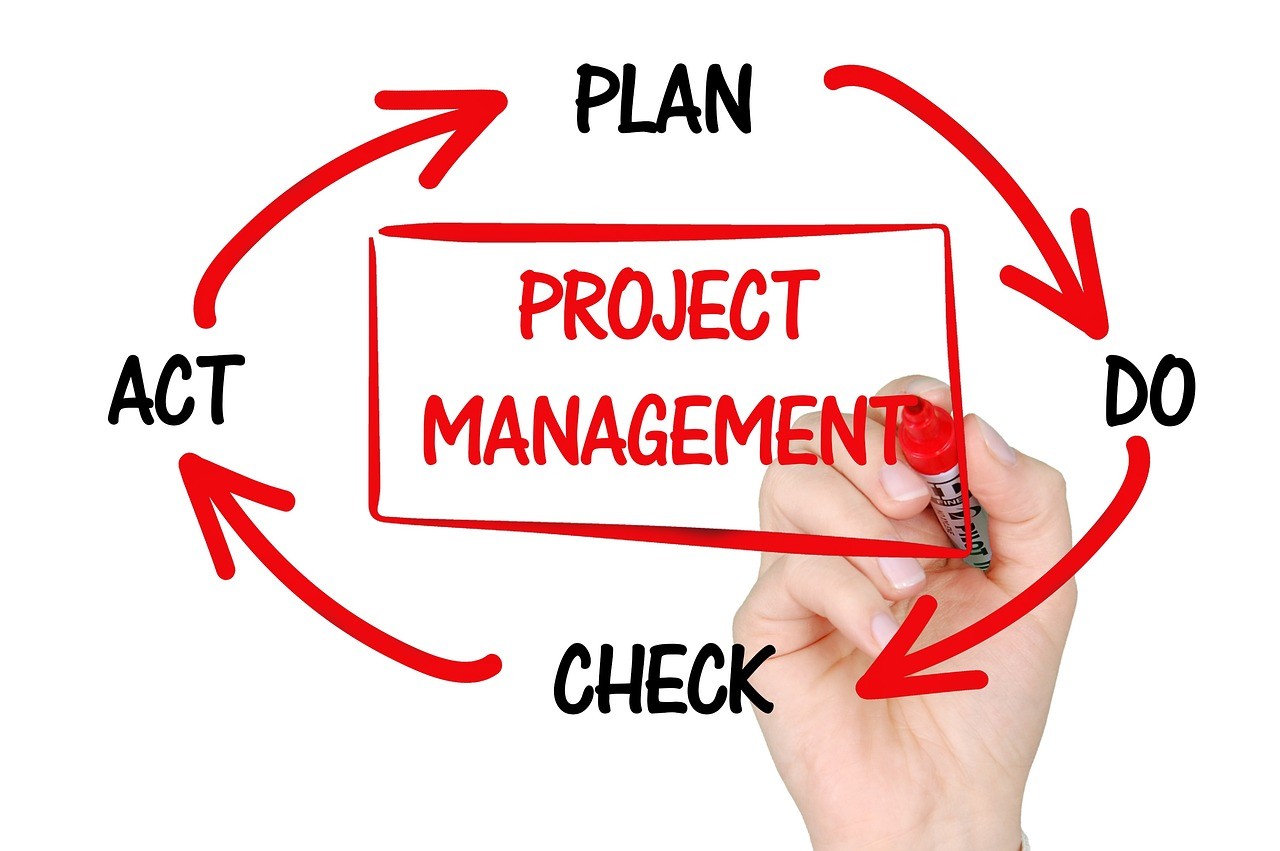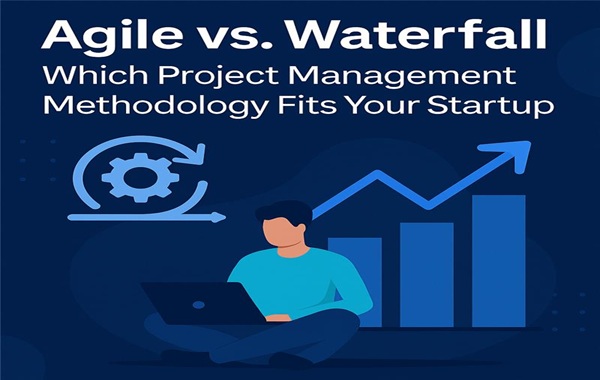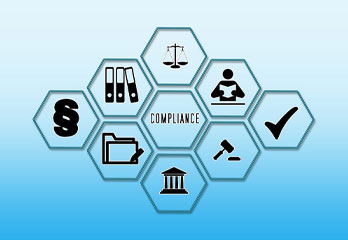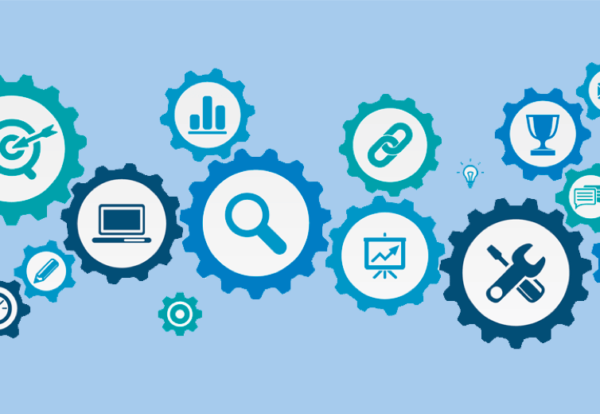Agile vs. Waterfall: Which Project Management Methodology Fits Your Startup?
In the fast-paced world of startups, choosing the right project management methodology can be a game-changer. Two of the most prominent methodologies are Agile and Waterfall. Each has its unique strengths and weaknesses, making it essential for entrepreneurs to understand their differences and applications. In this article, we will explore both methodologies, their benefits, and how to determine which one is best suited for your startup.

Understanding Agile Project Management
Agile project management is an iterative approach that emphasizes flexibility and customer collaboration. It allows teams to adapt to changes quickly and deliver work in small, manageable increments. This methodology is particularly beneficial in environments where requirements may evolve over time.
Key Principles of Agile
-
Customer Collaboration: Agile prioritizes ongoing communication with clients, ensuring that their feedback is integrated throughout the project lifecycle.
-
Iterative Development: Work is divided into short cycles or sprints, allowing teams to assess progress and make adjustments regularly.
-
Embracing Change: Agile welcomes changes in requirements, even late in the development process, to enhance customer satisfaction.
Benefits of Agile Consulting
-
Faster Time to Market: Agile methodologies enable quicker releases, allowing startups to respond to market demands swiftly.
-
Enhanced Flexibility: Teams can pivot based on feedback, ensuring that the final product aligns with customer needs.
-
Improved Team Morale: Agile fosters a collaborative environment, leading to higher engagement and satisfaction among team members.
Exploring Waterfall Project Management
Waterfall project management is a linear and sequential approach where each phase must be completed before moving on to the next. This methodology is often used in projects with well-defined requirements and minimal expected changes.
Key Characteristics of Waterfall
-
Structured Phases: Waterfall projects follow a strict sequence: requirements gathering, design, implementation, testing, and maintenance.
-
Comprehensive Documentation: Each phase requires detailed documentation, making it easier for new team members to understand the project.
-
Limited Flexibility: Once a phase is completed, revisiting it can be challenging and costly.
Advantages of Waterfall
-
Clear Milestones: The structured nature of Waterfall allows for easy tracking of progress and deadlines.
-
Predictable Outcomes: With defined requirements, stakeholders can anticipate the final product more accurately.
-
Less Client Involvement: Waterfall projects require minimal client interaction after the initial requirements phase, which can be beneficial for certain projects.
Agile vs. Waterfall: A Comparative Analysis
When deciding between Agile and Waterfall, it's crucial to consider the specific needs of your startup. Here’s a breakdown of their key differences:
|
Aspect |
Agile |
Waterfall |
|
Project Lifecycle |
Cyclical (iterative) |
Linear (sequential) |
|
Documentation |
Minimal and flexible |
Comprehensive and |
|
Customer Involvement |
Continuous and |
Limited after initial |
|
Adaptability |
High |
Low |
|
Ideal Use Cases |
Software development, |
Construction, manufacturing |
When to Use Agile
Agile is particularly well-suited for startups that operate in dynamic environments where customer needs and market conditions can change rapidly. Here are some scenarios where Agile shines:
-
Evolving Requirements: If your project is likely to undergo significant changes, Agile allows for flexibility and adaptation.
-
Frequent Customer Feedback: Startups that prioritize customer input throughout the development process will benefit from Agile's collaborative nature.
-
Rapid Prototyping: Agile enables quick iterations, making it ideal for startups looking to test and refine their products swiftly.
When to Use Waterfall
Waterfall is a better fit for projects with clearly defined requirements and minimal expected changes. Consider using Waterfall in the following situations:
-
Fixed Scope and Budget: If your project has a strict budget and timeline, Waterfall's structured approach can help maintain control.
-
Regulatory Compliance: Industries like healthcare and finance, where documentation and compliance are critical, often benefit from Waterfall's thorough documentation.
-
Less Client Interaction: If your project can proceed with minimal client involvement after the initial phase, Waterfall may be more efficient.
Implementing Agile in Remote Teams
With the rise of remote work, implementing Agile methodologies can present unique challenges. Here are some strategies to ensure successful Agile implementation in remote teams:
-
Utilize Agile Project Management Tools: Tools like Trello, Jira, and Asana can help teams collaborate effectively, track progress, and manage tasks.
-
Establish Clear Communication Channels: Regular check-ins and updates via video conferencing tools can maintain team cohesion and ensure everyone is aligned.
-
Encourage Team Autonomy: Empower team members to make decisions within their roles, fostering a sense of ownership and accountability.
The Hybrid Approach: Combining Agile and Waterfall
In some cases, a hybrid approach that combines elements of both Agile and Waterfall may be the best solution. This method allows startups to leverage the strengths of both methodologies while mitigating their weaknesses.
Benefits of a Hybrid Approach
-
Flexibility with Structure: Startups can maintain a structured framework while allowing for adaptability in specific phases.
-
Tailored Solutions: A hybrid approach enables teams to customize their processes based on project requirements and team dynamics.
-
Improved Risk Management: By incorporating Agile's iterative nature, teams can identify and address risks early in the project lifecycle.
Conclusion: Choosing the Right Methodology for Your Startup
Ultimately, the choice between Agile and Waterfall depends on your startup's specific needs, project requirements, and team dynamics. By understanding the strengths and weaknesses of each methodology, you can make an informed decision that aligns with your goals.
Whether you opt for Agile's flexibility or Waterfall's structure, the key is to remain adaptable and responsive to change. As your startup grows and evolves, so too should your project management approach. Embrace the methodology that best suits your unique circumstances, and watch your startup thrive in today's competitive landscape.
By carefully considering the nuances of Agile and Waterfall methodologies, you can position your startup for success. Remember, the right approach can make all the difference in delivering high-quality products that meet customer needs and drive business growth.







